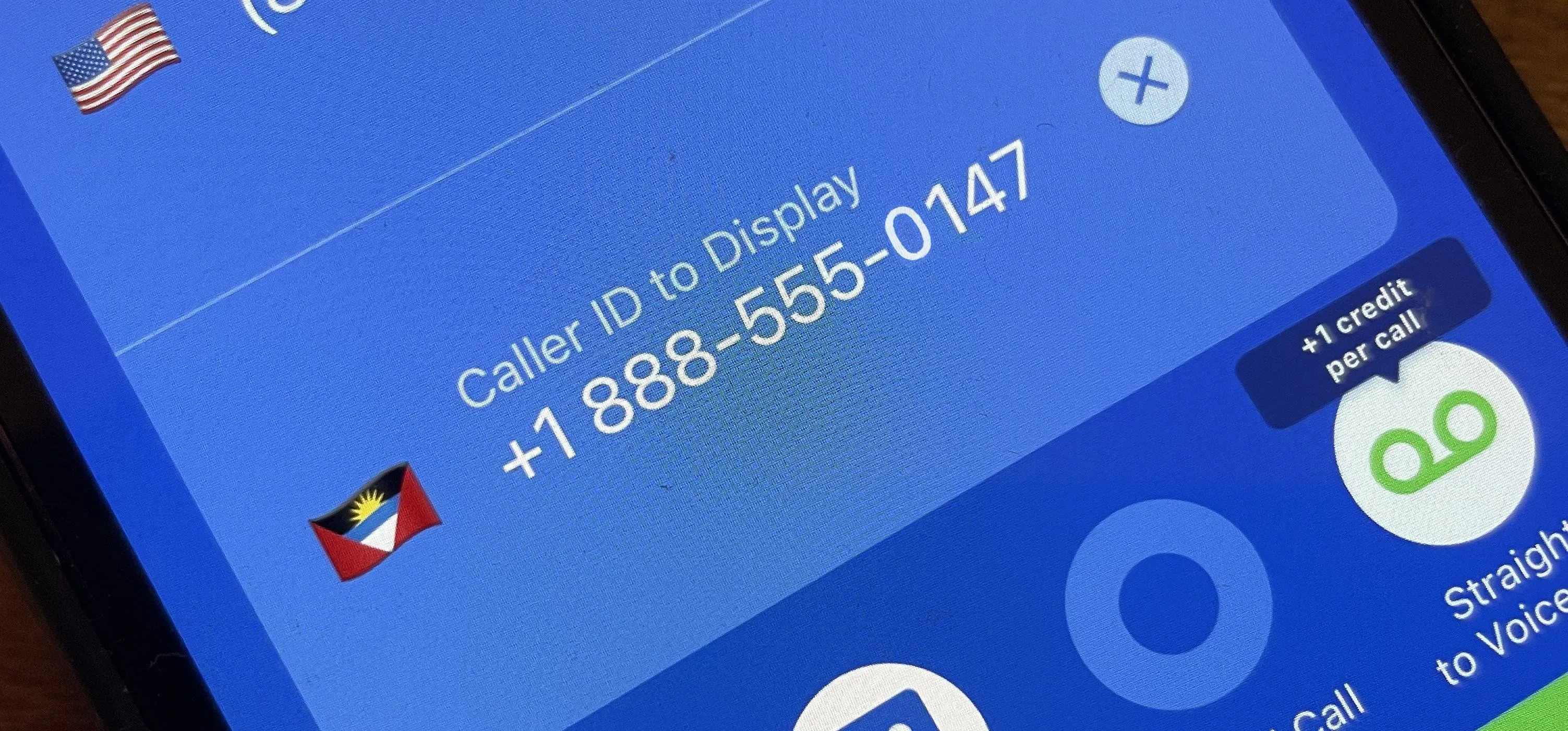Password Cracking


how to
Crack RAR, ZIP, PDF & Linux Shadow Files with Zydra


how to
Gain SSH Access to Servers by Brute-Forcing Credentials


how to
Use Leaked Password Databases to Create Brute-Force Wordlists
Featured On Null Byte:
Cyber Weapons Lab










Featured On Null Byte:
Wi-Fi Hacking










Featured On Null Byte:
Password Cracking










Featured On Null Byte:
Linux Basics
























































































